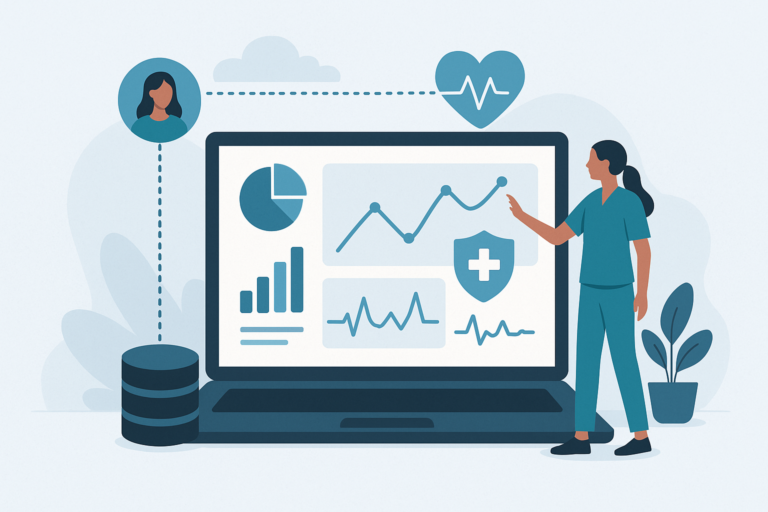In today’s digital-first world, wellness professionals—from yoga trainers and mental health coaches to nutritionists and therapists—are increasingly relying on online platforms to manage appointments, store client notes, and deliver services. But with that convenience comes risk, especially in the form of Ransomware.
While ransomware is often associated with hospitals and large enterprises, small wellness practices are just as vulnerable, if not more. Why? Because attackers often assume smaller businesses have weaker cybersecurity protections. And they’re often right.
So, what is ransomware, and why should wellness professionals care?
What is Ransomware ?
Ransomware is a type of malicious software designed to block access to computer software until a sum of money is paid. Ransomware uses SSL to hide its communication, download the encryption key, and withhold the infected machine’s data.
How does Ransomware spread
- Malicious links:- Clicking on unknown links or visiting unknown websites can trigger a download. Sometimes, only visiting the wrong site can download this malware without clicking on the download option.
- Infected software:- fake tools and pirated software can carry ransomware, affecting your system.
- Phishing emails: This is the most common method by which users receive emails from different sources with a link or a malicious attachment. Once you click, the ransomware downloads itself.
- Third-party access:- Partners and vendors with access to your network can unknowingly bring in ransomware. Weak security can cause this mishap.
- Targeted attack:- Some attackers spend days and weeks understanding how you work and then directly launch their virus after understanding your loopholes.
5 ways to protect your wellness practice from Ransomware
1. Use a strong password and enable two-factor authentication(2FA)
Your weak password across different platforms makes it easy for attackers to attack your data. This step sounds simple, yet many professionals don’t use strong passwords. This makes it easy for cybercriminals to break in.
- Use a complex password for each tool or service.
- Enable two-factor authentication(2FA) wherever possible.
2. Regularly back up your data
If ransomware hits and you don’t have backups, your only options are to pay the ransom or lose the data. Neither is ideal.
- Schedule automatic backup for your website, client data, and financial records.
- Store the backups on a secure cloud platform and an offline file.
3. Be cautious with emails and downloads.
Phishing emails remain the most common way ransomware infects systems. One careless click on a fake invoice or suspicious link can lock your entire system.
- Avoid clicking on unknown email attachments or links.
- Use a reliable spam filter and anti-virus software.
4. Keep your software and system updated.
Outdated apps and operating systems are an easy target for hackers.
- Avoid using cracked or pirated software.
- Always install updates for your scheduling tools.
5. Work with IT professionals who understand your industry
You don’t have to become a cybersecurity expert overnight. But you do need to partner with people who can support you.
- Look for IT providers who offer managed security services tailored to small businesses and wellness professionals.
Why it matters
Whether you’re a solo yoga instructor with a website or a growing wellness studio with an online coaching platform, you hold sensitive data—contact details, health information, and private client histories. A ransomware attack doesn’t just freeze your system—it freezes your ability to help others.
Final thoughts
In the wellness industry, your priority is to heal, support, and guide others, but your digital tools and data need just as much care. Ransomware doesn’t discriminate by business size or sector. If your practice is online, it is vulnerable. By taking proactive steps like using strong passwords, enabling two-factor authentication, backing up data, and keeping systems updated, you protect not only your business but the trust your clients place in you.
Stay secure, stay mindful.
Protect Your Practice — Let’s Get You Started
Cybersecurity is essential to running a modern wellness business. If you’re ready to secure your online tools, protect client data, or need expert guidance, fill out the form below — we’re here to help you build a safer digital space for your practice.
Have questions?
Reach out to us directly at hello@averybit.com or call us at +91 626 362 8392













